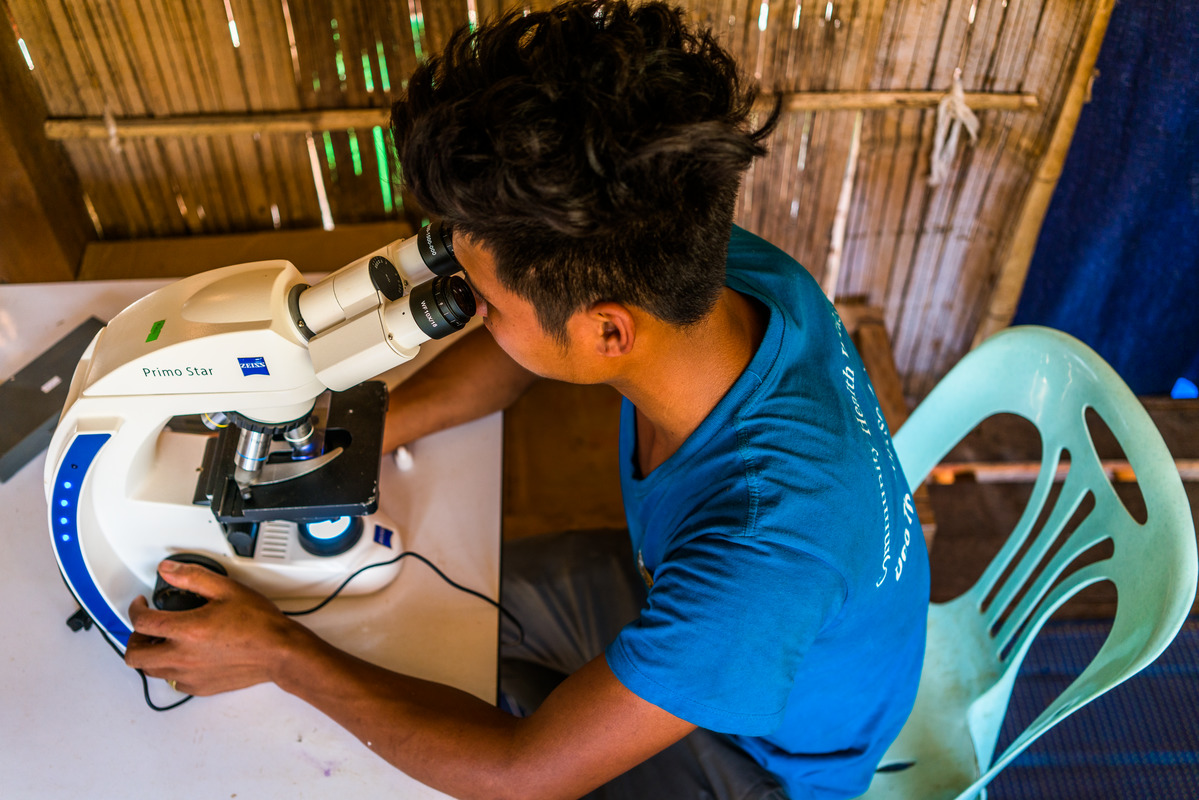
Introduction
Since its inception in 2009 the VxWG has focused on research and development issues related to the radical cure of vivax malaria and as such contributed significantly to the recent advances seen in radical cure tools. At this juncture, and with a change in both the hosting organization and a newly appointed Chair and co-Chair, the VxWG has now shifted its focus to supporting National Malaria Programmes (NMP) to improve vivax radical cure based on WHO normative guidance.
The VxWG workplan was first presented by Dr. Karma Lhazeen at the April 2021 TechTalk entitled “From Research & Development to Implementation: Next steps for the Vivax Working Group”. In addition, the workplan has evolved in response to a series of consultations with Menzies, as previous host of the group, the newly formed Advisory Council, and funding partners.
Goal
The overall goal of the VxWG is to contribute towards accelerating the uptake and implementation of optimized radical cure for vivax malaria.
Definitions
- We define, “optimized radical cure” as improved use of current WHO-recommended therapy and diagnostics, and integration of new tools or approaches as they are approved and recommended by WHO. This may entail identifying mechanisms to increase patient adherence, ensuring a high-quality implementation of G6PD testing before 8-aminoquinoline treatment, and determining mechanisms to strengthen pharmacovigilance to increase patient safety, among other strategies.
- We define “accelerating”, as readiness planning for implementation of new tools with countries and partners in case WHO recommends their use in the future. For example, identifying previous bottlenecks in the introduction of new tools and proactively finding ways of mitigating those.
Detailed activities:
The workplan for 2021-22 is centered around the overall goal and linked with the four objectives of the VxWG: identifying knowledge gaps and operational research priorities; sharing research and operational experience between APMEN Country Partners; developing and sustaining partnerships with key stakeholders; and advocating for improved funding of P. vivax control and research activities.
There are four major activity areas:
1. Identify priorities of National Malaria Programmes and key stakeholders for better implementation of P. vivax radical cure
1.1 Develop overall prioritisation framework/Theory of Change, ranked assumptions and priorities/gaps for operational research and implementation over the coming 2-5 years.
1.2 With NMPs and key partners, rank priorities/gaps for operational research and implementation to identify areas of immediate focus.
2. Support NMPs to accelerate implementation of vivax radical cure into ongoing activities
2.1 Develop accelerated radical cure roadmaps in 1 key, high-burden country (outside the Greater Mekong Subregion) and identify activities required to accelerate policy change processes.
2.2 Develop a radical cure Options Assessment Toolkit (OAT) for NMPs.
2.3 Identify NMP knowledge gaps and any available evidence to address gaps around the use of current WHO-recommended vivax tools (e.g. interventions to improve adherence and referral completion rates).
2.4 Ensure NMP access to drafted technical documents to support operational research and implementation of current and new tools for comprehensive radical cure of vivax malaria and health system strengthening processes.
3. Facilitate cross-regional learning between NMPs, research partners, and key stakeholders
3.1 Hold quarterly/6-monthly meetings with core advisers to brainstorm country status, gaps, and how to address gaps.
3.2 Hold VxWG annual meeting and at least five TechTalks.
3.3 Maintain and share the vivax studies database for the Asia Pacific region on vivaxmalaria.org.
3.4 Maintain and share the knowledge repository on vivaxmalaria.org.
3.5 Using the APMEN partner map, identify and highlight the work of regional researchers and consultants to support NMP vivax activities.
4. Underpin all activities with clear, evidence-based communication and advocacy targeted to NMP/Ministry of Health priorities
4.1 Increase awareness about vivax as an issue in the Asia Pacific region.
4.2 Develop key messaging around the importance of readiness for any WHO revisions to vivax treatment policy guidelines as well as health system functions that require strengthening to support accelerated and sustained vivax radical cure.
4.3 Advocate to financing partners to address gaps identified by NMPs.
4.4 Ongoing liaison with APMEN secretariat and VxWG Advisory Council.
